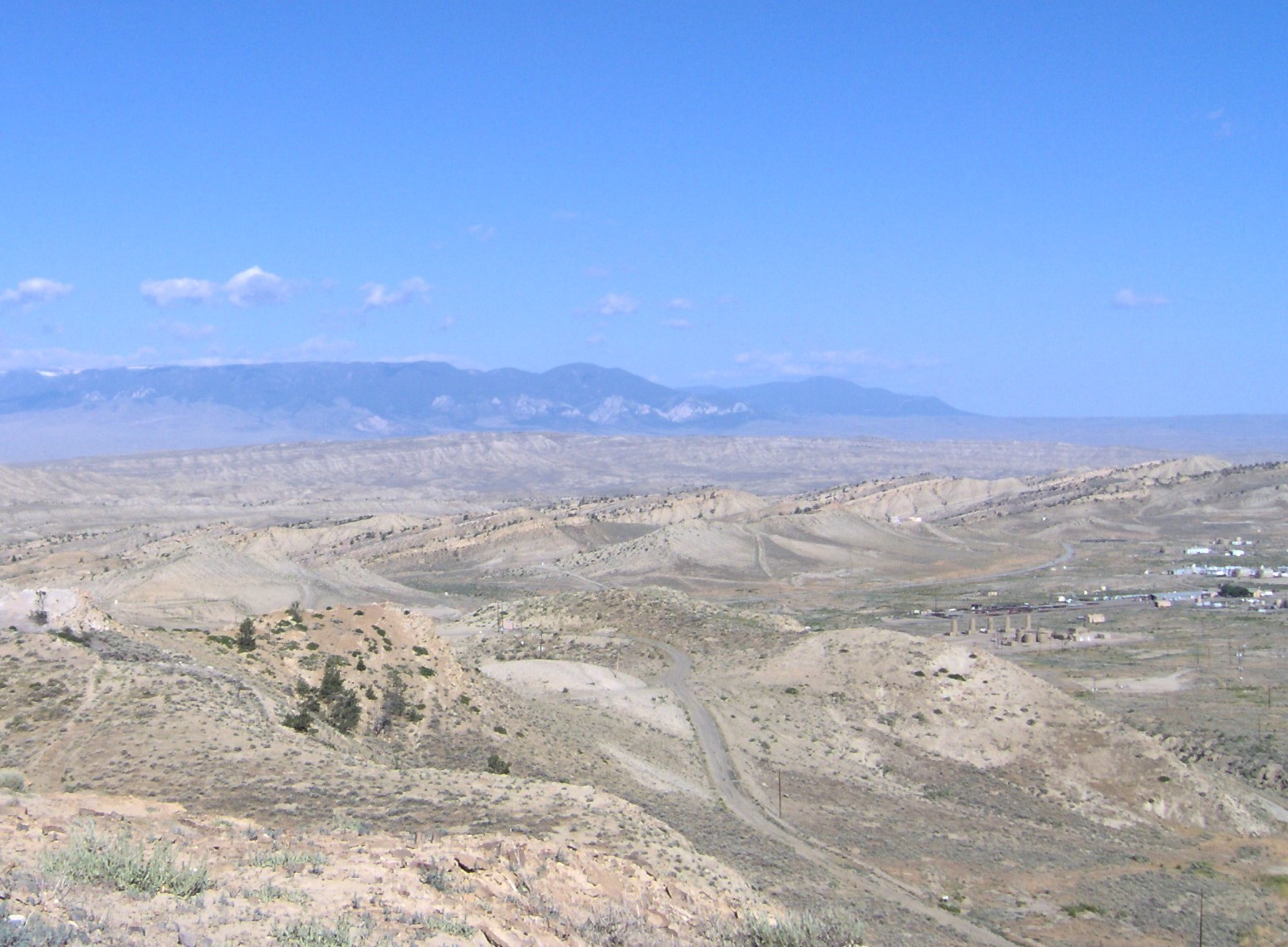NEWS RELEASE: Wyoming Geological Survey Publishes Study about Groundwater Salinity in Wind River and Bighorn Basins
Wyoming State Geological Survey sent this bulletin at 04/12/2022 09:20 AM MDT
April 12, 2022
******FOR IMMEDIATE RELEASE******
Media Contact:
Christina George
(307) 766-2286 x231
christina.george@wyo.gov
WSGS Publishes Study about Groundwater Salinity in Wind River and Bighorn Basins
The Wyoming State Geological Survey (WSGS) published the final study in a series that examines water quality in selected Wyoming energy-producing basins. The latest report focuses on the Wind River and Bighorn basins in northern Wyoming.
“This series of water-quality reports is an important contribution to our understanding of groundwater because high-quality water is such a precious resource,” says WSGS Director and State Geologist, Dr. Erin Campbell. “These investigations focus on saline groundwaters suited for industrial uses to encourage the conservation of low-salinity waters for municipal, domestic, and agricultural uses.”
Previously, the WSGS published groundwater salinity studies for the Denver-Julesburg, Powder River, and Greater Green River basins. The reports are available as free downloads on the WSGS website.
“Salinity,” or total dissolved solids (TDS), is the residue of dissolved salts, minerals, and metals that remains following laboratory evaporation of a water sample. Salinity is one of the principal criteria used by the Wyoming Department of Environmental Quality to determine if groundwater is suited for human consumption, agriculture uses, or industrial applications. In Wyoming, most saline groundwater (TDS>5,000 milligrams per liter [mg/L]) is produced from oil and gas wells that are more than 1,000 feet deep and sited in the state’s energy-producing basins.
The most recent study shows groundwater salinity commonly exceeds 5,000 parts per million at depths greater than 5,000 feet in the Wind River Basin and at depths below 7,000 feet in the Bighorn Basin, says Karl Taboga, WSGS hydrogeologist.
“Saline groundwaters occur most frequently at depths from 9,000–11,000 feet in both the Wind River and Bighorn basins,” Taboga says. “Average salinity levels actually decline somewhat at depths below 11,000 feet because the Tensleep Sandstone and Madison Limestone, both important aquifers in Wyoming, receive recharge from adjacent mountain ranges.”
The report additionally details current beneficial uses of saline groundwater in Wyoming, industrial applications for saline groundwater, and methods used in the study.
To learn more about Wyoming groundwater, visit the WSGS website.

Caption: Elk Basin in the northern Bighorn Basin. WSGS photo

